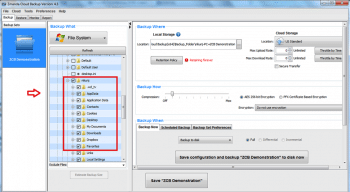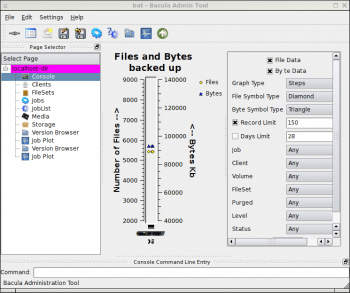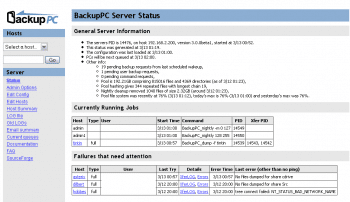This article examines three open source data backup solutions that are the best among the many available.
Open source data backup software has become quite popular in recent times. One of the main reasons for this is that users have access to the code, which allows them to tweak the product. Open source tools are now being used in data centre environments because they are low cost and provide flexibility.
Let’s take a look at three open source backup software packages that I consider the best. All three provide support for UNIX, Linux, Windows and Mac OS.
Amanda
This is one of the oldest open source backup software packages. It gets its name from the University of Maryland where it was originally conceived. Amanda stands for the Advanced Maryland Disk Archive.
Amanda is a scheduling, automation and tracking program wrapped around native backup tools like tar (for UNIX/Linux) and zip (for Windows). The database that tracks all backups allows you to restore any file from a previous version of that file that was backed up by Amanda. This reliance on native backup tools comes with advantages and disadvantages. The biggest advantage, of course, is that you will never have a problem reading an Amanda tape on any platform. The formats Amanda uses are easily available on any open-systems platform. The biggest disadvantage is that some of these tools have limitations (e.g., path length) and Amanda will inherit those limitations.
On another level, Amanda is a sophisticated program that has a number of enterprise-level features, like automatically determining when to run your full backups, instead of having you schedule them. It’s also the only open source package to have database agents for SQL Server, Exchange, SharePoint and Oracle, as well as the only backup package to have an agent for MySQL and Ingress.
Amanda is now backed by Zmanda, and this company has put its development into overdrive. Just a few months after beginning operations, Zmanda has addressed major limitations in the product that had hindered it for years. Since then, it has been responsible for the addition of a lot of functionality, including those database agents.

Bacula
Bacula was originally written by Kern Sibbald, who chose a very different path from Amanda by writing a custom backup format designed to overcome the limitations of the native tools. Sibbald’s original goal was to write a tool that could take the place of the enterprise tools he saw in the data centre.
Bacula also has scheduling, automation and tracking of all backups, allowing you to easily restore any file (or files) from a previous version. Like Amanda, it also has media management features that allow you to use automated tape libraries and perform disk-to-disk backups.

As of this writing, Bacula is only a file backup product and does not provide any database agents. You can shut a database down and back up its files, but this is not a viable backup method for some databases.
BackupPC
Both Amanda and Bacula feel and behave like conventional backup products. They have support for both disk and tape, scheduled full and incremental backups, and they come in a ‘backup format’.
BackupPC, on the other hand, is a disk-only backup tool that forever performs incremental backups, and stores those backups in their native format in a snapshot-like tree structure that is available via a GUI. Like Bacula, it’s a file-only backup tool and its incremental nature might be hampered by backing up large database files. However, it’s a really interesting alternative for file data.
BackupPC’s single most imposing feature is that it does file-level de-duplication. If you have a file duplicated anywhere in your environment, it will find that duplicate and replace it with a link to the original file.

Which one should you use?
Choosing a data backup tool entirely depends on the purpose. If you want the least proprietary backup format then go for BackupPC. If database agents are a big driver, you can choose Amanda. Or if you want a product that’s designed like a typical commercial backup application, then opt for Bacula. One more important aspect is that both BackupPC and Amanda need the Linux server to control backup and Bacula has a Windows server to do the same.
All three products are very popular. Which one you choose depends on what you need. The really nice thing about all three tools is that they can be downloaded free of cost. So you can decide which one is better for you after trying out all three.













































































I am really impressed with the performance of Amanda/zmanda.
A single backup server can back up and recover dozens of computers and scale to hundreds. This is a very convenient and flexible tool to work in a Linux environment.